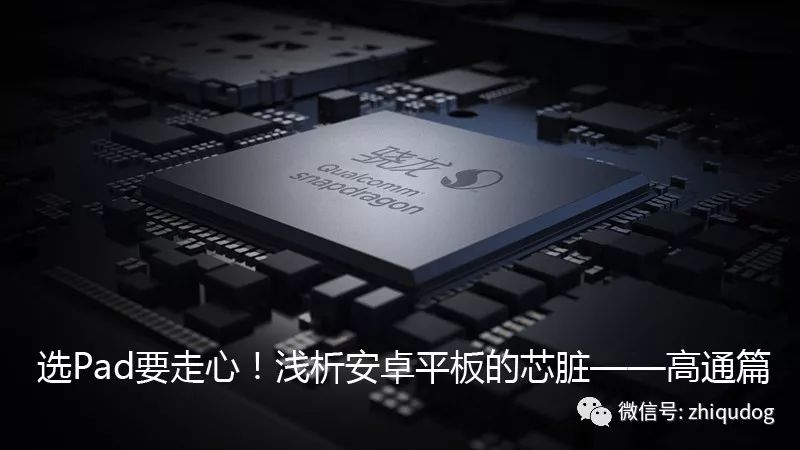
Years ago, MediaTek had limited influence in the tablet market, often overshadowed by competitors like Amlogic, Rockchip, and Allwinner. However, with Intel’s disruption, MediaTek leveraged its technology and experience from the mobile sector to rise and has now become an indispensable force in the tablet market, launching attacks on all fronts.
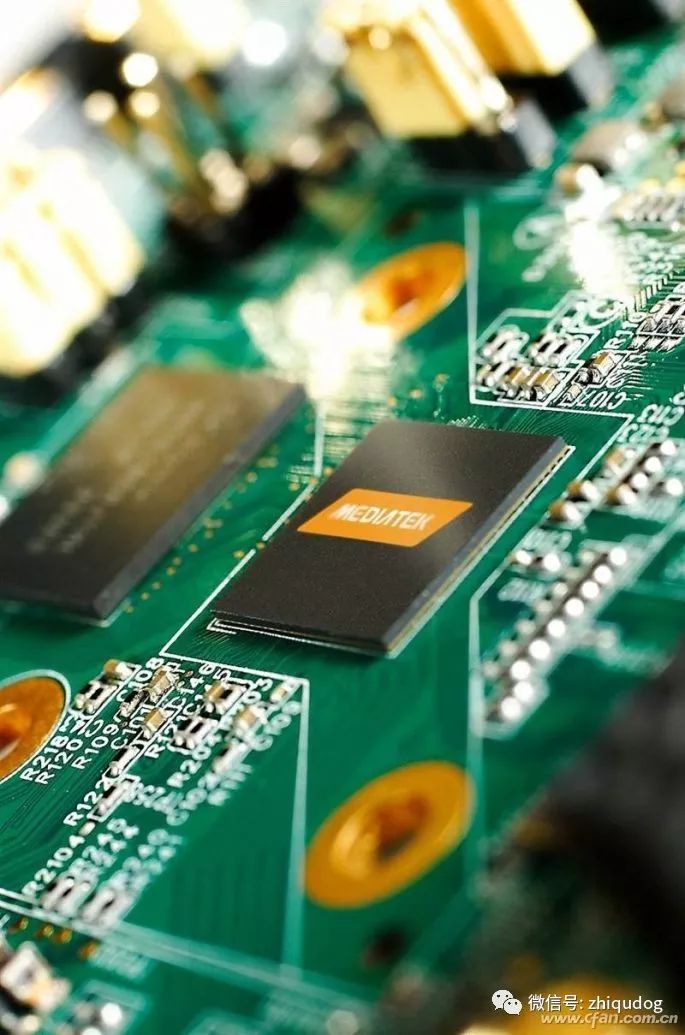
Understanding MediaTek’s Tablet Heart
In the low-cost tablet sector, MediaTek’s processors are undoubtedly the most visible, but the confusion surrounding their model numbers can easily bewilder consumers.
For example, the 399 yuan Cube iPlay 8 (7.85 inches, 1024×768 pixels, 1GB+16GB) is equipped with the MT8163; the 599 yuan Honor Play Tablet 2 (7 inches, 1024×600 pixels, 2GB+16GB) uses the MT8127; the 799 yuan Onda V10 Plus (10.1 inches, 2560×1600 pixels, 2GB+32GB) is powered by the MT8173; and the 1399 yuan Teclast T10 (10.1 inches, 2560×1600 pixels, 4GB+64GB) is armed with the MT8176.
How does that make you feel? Confused?
To help everyone understand MediaTek’s tablet processors, I have compiled a table of the processors customized for tablets from the official website.
It is important to note that to meet the needs of different customers and product positioning, MediaTek’s chips may have multiple versions, such as MT8163V/A and MT8163V/B, MT8167A and MT8167B, MT8735B/P/M. The differences lie in CPU and GPU frequencies, and we will not delve into further subdivisions here.
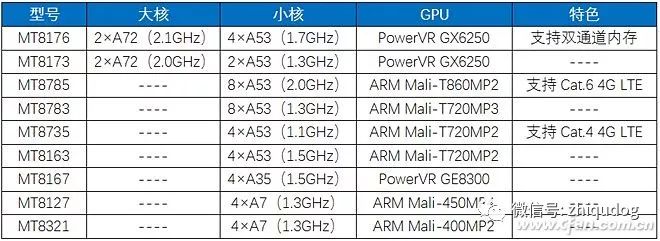
From the comparison of MediaTek’s tablet processors, the MT8127 and MT8321 belong to the early 32-bit processors, which are decent for TV boxes but insufficient for tablets.
Starting from the MT8163, its performance has reached mainstream levels, capable of challenging Qualcomm’s Snapdragon 425 or higher-end processors. The MT8785 and MT8735 feature integrated modems, although the calling function has been cut, 4G connectivity remains.
However, considering that tablets are primarily for entertainment, if their performance does not meet the standards of a thousand-yuan smartphone, the value of purchasing them significantly diminishes. Therefore, if you want to run “Honor of Kings” and various battle royale games smoothly on a tablet, you should focus on MediaTek’s current flagship MT8173 and MT8176, as only they can provide sufficient performance for tablets.
In simple terms, the MediaTek MT817x series processors adopt the ARM 64-bit big.LITTLE architecture, supporting CorePilot 2.0 and heterogeneous computing between CPU and GPU. The MT8176 is a six-core processor composed of dual-core Cortex-A72 and quad-core Cortex-A53, while the MT8173 is a four-core processor made up of dual-core Cortex-A72 and dual-core Cortex-A53, both integrating the PowerVR GX6250 GPU, differing only in the number of CPU cores and maximum frequency.
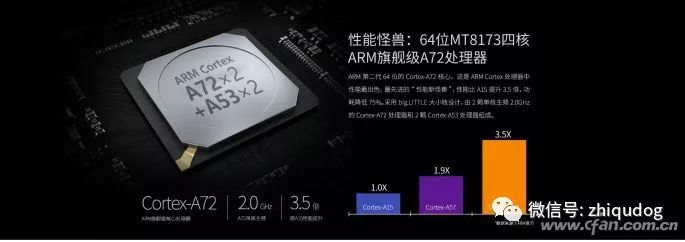
According to AnTuTu V6 benchmark scores, the MT8176 scores around 80,000, while the MT8173 can reach 70,000, this performance surpasses mainstream processors in the smartphone sector like Helio P30 and Snapdragon 630, handling mainstream 3D games on the Android system with ease.
Making Choices is a Challenge
Currently, tablets equipped with the MT8173 include the Onda V10 Pro starting at 999 yuan (10.1 inches, 2560×1600 pixels, 2GB+32GB) and the Cube Freer X9 starting at 1099 yuan (8.9 inches, 2560×1600 pixels, 4GB+64GB); representatives of tablets with the MT8176 include the Teclast T10 at 1299 yuan (8.4 inches, 2560×1600 pixels, 4GB+64GB), the Xiaomi Mi Pad 3 at 1499 yuan (7.9 inches, 2048×1536 pixels, 4GB+64GB), the Teclast X3 Plus at 1699 yuan (10.1 inches, 1920×1080 pixels, 6GB+64GB), and the ASUS ZenPad 3S at 2199 yuan (9.7 inches, 2048×1536 pixels, 4GB+64GB).
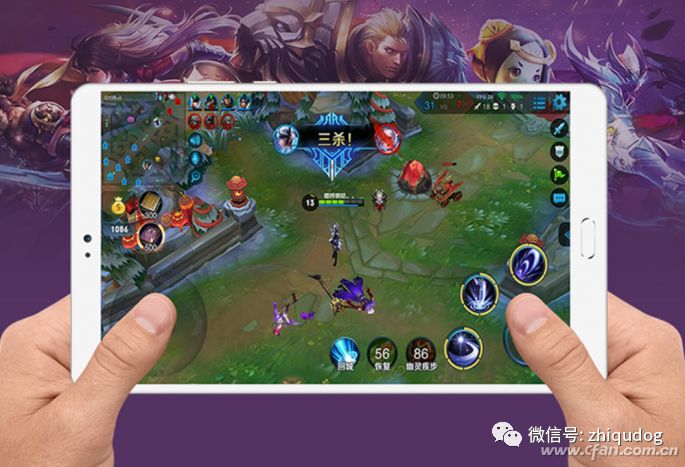
The screen sizes of the above tablets vary widely, ranging from 7.9 inches to 10.1 inches. In terms of actual experience, the difference between the quad-core MT8173 and the six-core MT8176 is minimal; smaller devices are more suitable for landscape gaming, while products larger than 9.7 inches should focus on multimedia experiences, as the large screen makes it difficult to reach the virtual buttons in the middle while playing games like “Honor of Kings”.
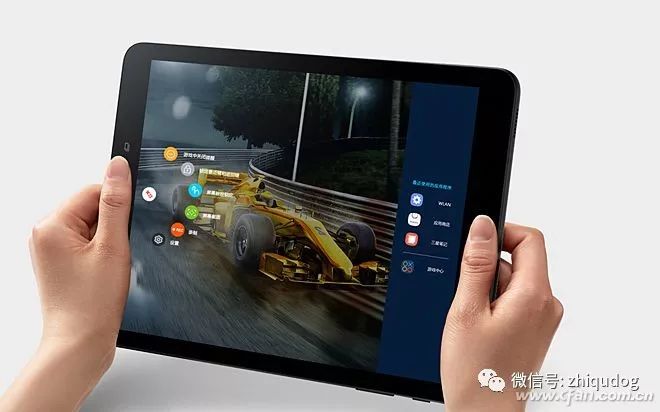
Careful readers may also notice that even among tablets with the same MediaTek MT8173 processor, there can be price differences of several hundred yuan. Where does this extra cost come from?
Let’s take the Onda V10 Plus and V10 Pro as examples to see the differences between the two types of products.
Both the Onda V10 Plus and V10 Pro feature a 10.1-inch 2K screen, and their sizes and ports are basically the same, supporting a dedicated keyboard dock to form a “quasi-laptop”.
However, the reason the V10 Pro, which also has a 2GB+32GB version, is 200 yuan more expensive is that it introduces the popular fingerprint recognition feature and incorporates Phoenix OS, which is more suitable for mouse and keyboard operations based on Android 6.0, enhancing the experience to better meet consumer expectations for a Windows-like system.
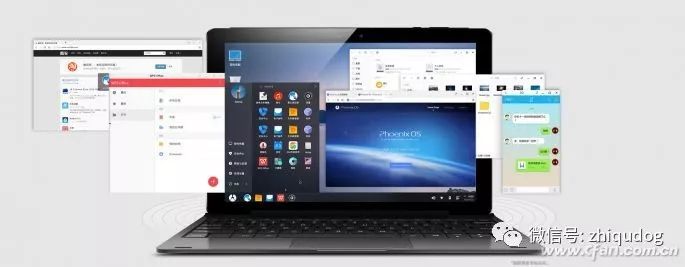
In summary, the differences between MediaTek tablets priced below and above a thousand yuan lie in whether they support dedicated keyboard docks, whether they include fingerprint recognition modules, whether they have unique features at the system level, and whether the design and craftsmanship are more refined. How to choose depends on your requirements for design and functionality.
Tablets Meet Smartphone Hearts
Since Android tablets can gain calling capabilities by installing Qualcomm (smartphone) processors, MediaTek (smartphone) processors can naturally endow tablets with smartphone features like dual SIM standby and full network capabilities.
Currently, the most favored MediaTek smartphone processor among tablet manufacturers is the MT6753, which is the first generation of all-network processors launched by MediaTek after acquiring CDMA baseband patent technology through VIA, previously used in popular smartphones like Meizu Note 2 and 360 N4A.
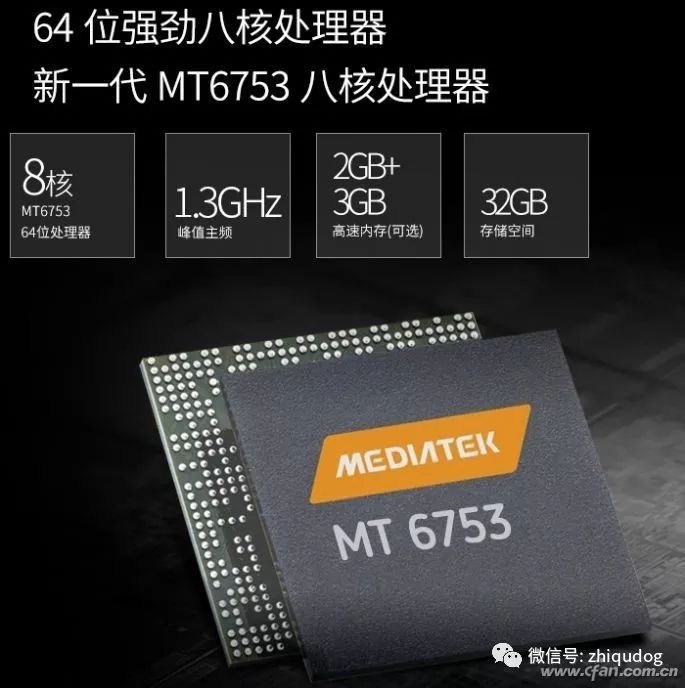
Tablets equipped with the MT6753 include the Onda V10 starting at 799 yuan (10.1 inches, 1920×1200 pixels, 2GB+32GB), VOYO i8 starting at 799 yuan (10.1 inches, 1920×1200 pixels, 2GB+32GB), Cube Power M3 at 899 yuan (10.1 inches, 1920×1200 pixels, 2GB+32GB), and Teclast 98 at 899 yuan (10.1 inches, 1920×1200 pixels, 2GB+32GB).
MediaTek MT6753 is manufactured using a 28nm process, featuring an octa-core Cortex-A53 architecture with a maximum frequency of 1.5GHz, and integrates the ARM Mali-T720MP3 GPU. In AnTuTu V6 tests, the MT6753 scores around 38,000, comparable to Qualcomm’s early Snapdragon 615/616.
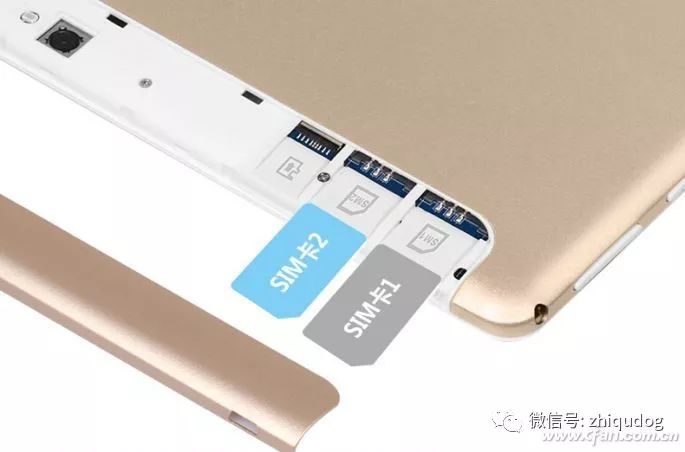
To be honest, from today’s perspective, the performance of the MediaTek MT6753 can only be described as quite weak; aside from enabling Android tablets to install two SIM cards for 4G connectivity and calling functions, it is hard to ensure smooth operation of mainstream 3D games. Considering the prevalence of smartphones, the necessity of purchasing such tablets can really be overlooked.
The good news is that some tablet manufacturers are now focusing on MediaTek’s previous flagship Helio X20. For example, the VOYO i8Max is equipped with this ten-core processor, featuring a 10.1-inch 1920×1200 pixel screen, 4GB of RAM, 64GB of storage, and supports full network connectivity and calling functions.
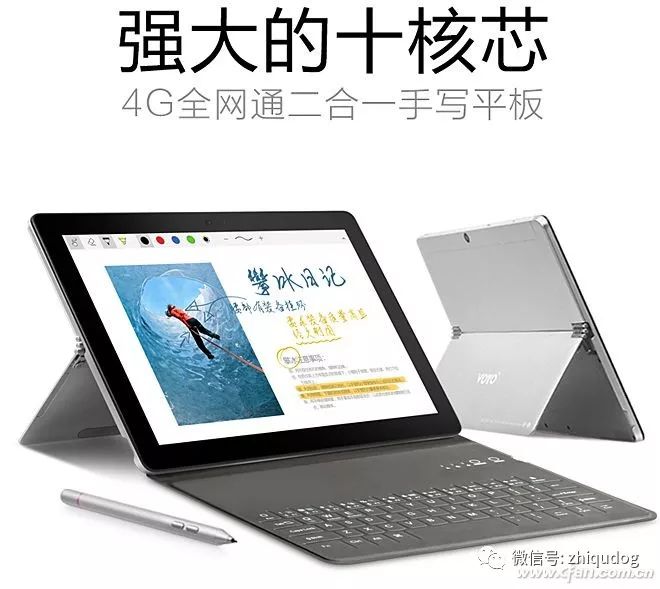
This product’s design references Lenovo’s Yoga, featuring a back with a chain-style stand that can combine with a dedicated keyboard dock to function as a laptop. In terms of performance, the Helio X20 significantly outperforms MediaTek’s MT8176 designed for tablets, so if you prioritize performance and also need a tablet with connectivity and calling capabilities, such products can be included in your shortlist.
After reading this article, 99% of readers will also click:
